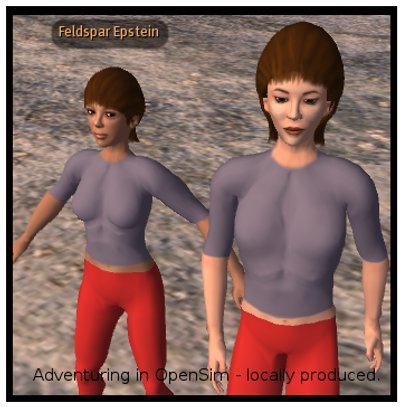
The ANGEL Learning Management Suite (LMS) is to be integrated with Second Life to establish a secure means for students to submit coursework created within Second Life.
Eric Reuters interviews Linden Lab VP Joe Miller, breaking through the barriers created by Lewis PR, to find out how Linden Lab plans to alter their revenue model to face the challenges created by OpenSim and other emerging virtual worlds.
Robert Bloomfield ponders our future intellectual property rights; is it true, that you can’t take it with you?
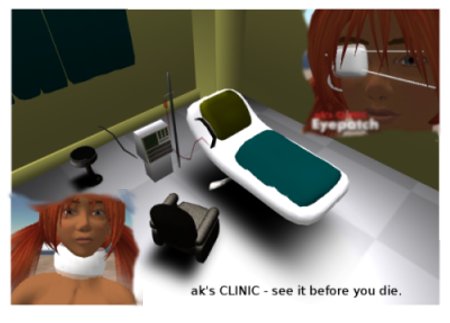
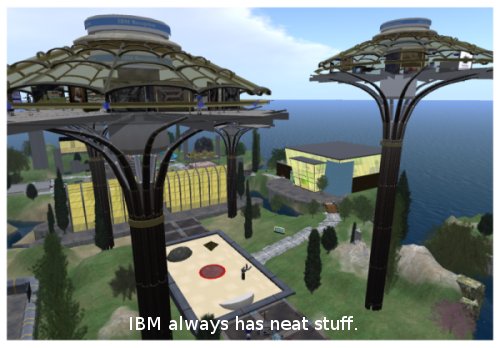
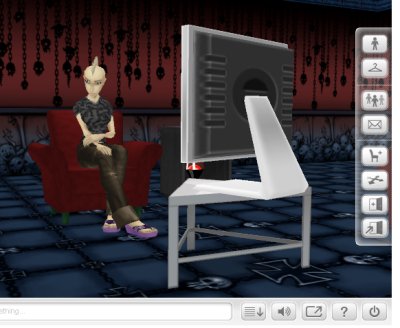



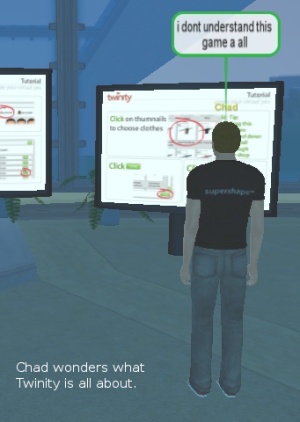
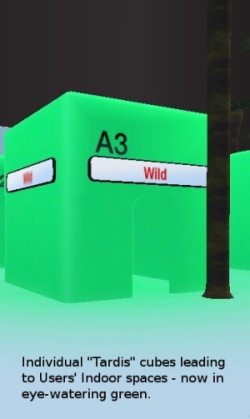
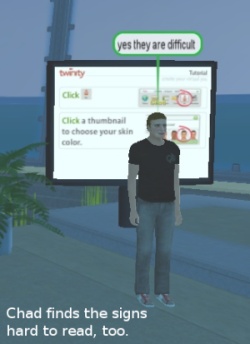



Recent Comments